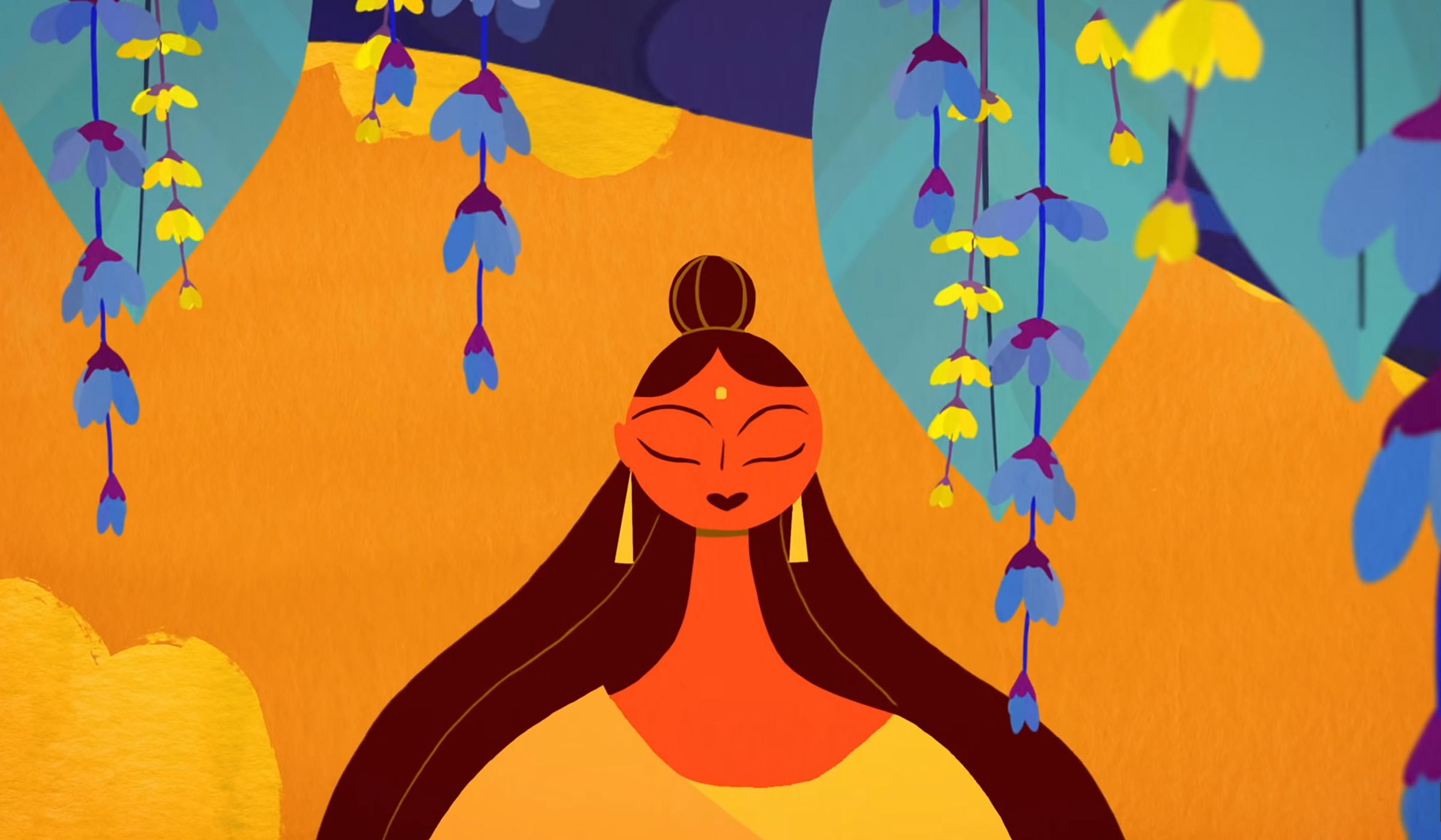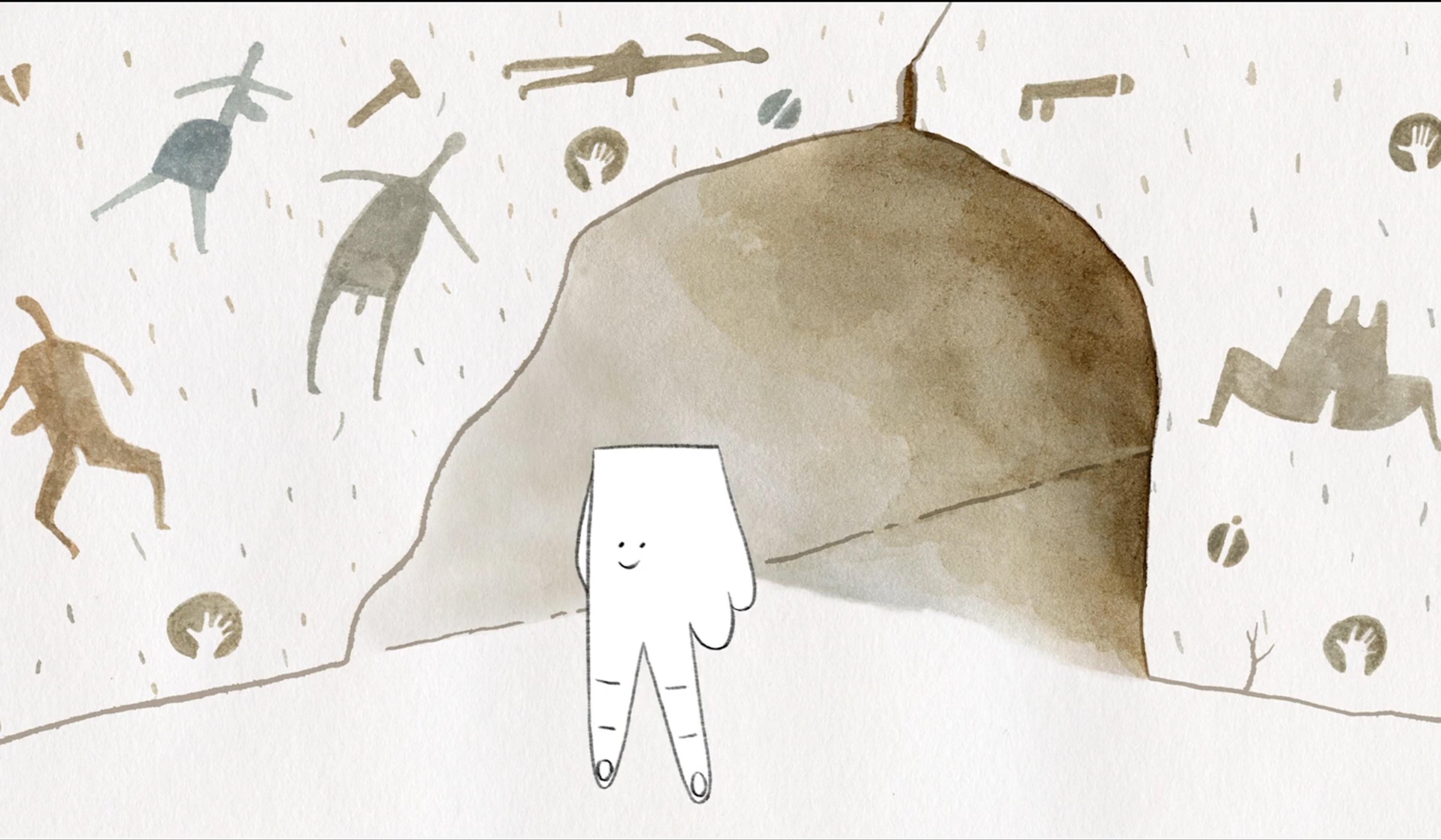For many people in the West, the word ‘tantric’ conjures thoughts of extraordinarily lengthy sex sessions – perhaps involving the musician Sting – or yoga. But this oversimplified and often commercialised popular understanding of Tantra belies a subversive philosophy that challenges stereotypes of womanhood. In this video from the British Museum, the curator Imma Ramos takes viewers on a tour of the exhibition ‘Tantra: Enlightenment to Revolution’, tracing Tantra from its roots in 6th-century India up until today. In doing so, Ramos touches on how Tantra’s philosophy of divine feminine power has influenced Hinduism and Buddhism, India’s independence movement, and modern artistic thought and feminist practice.
Tantra is, and was, a subversive philosophy of feminine power
Video by the British Museum

videoDesign and fashion
Beyond fortune-telling – the enduring beauty and allure of tarot
16 minutes

videoHistory
Hags, seductresses, feminist icons – how gender dynamics manifest in witches
13 minutes

videoTeaching and learning
The vulva dialogues – inside a sex-ed class that rebels against genitalia shame
11 minutes

videoGender
To understand the aversion to powerful women, look to the Greeks, says Mary Beard
72 minutes

videoArt
More than breathtaking, ‘The Birth of Venus’ signalled an aesthetic revolution
19 minutes

videoReligion
How the Hindu myth of Annapurna, goddess of food, connects sustenance with spirituality
5 minutes

videoSex and sexuality
For ages, solo sex was hardly taboo. What led to its centuries-long dry spell?
4 minutes

videoConsciousness and altered states
How a scientific attempt to demystify Buddhist meditation yielded astounding results
7 minutes

videoGender and identity
Mind racing, body still – for Ming, being a nude figure model is emotionally fraught work
3 minutes